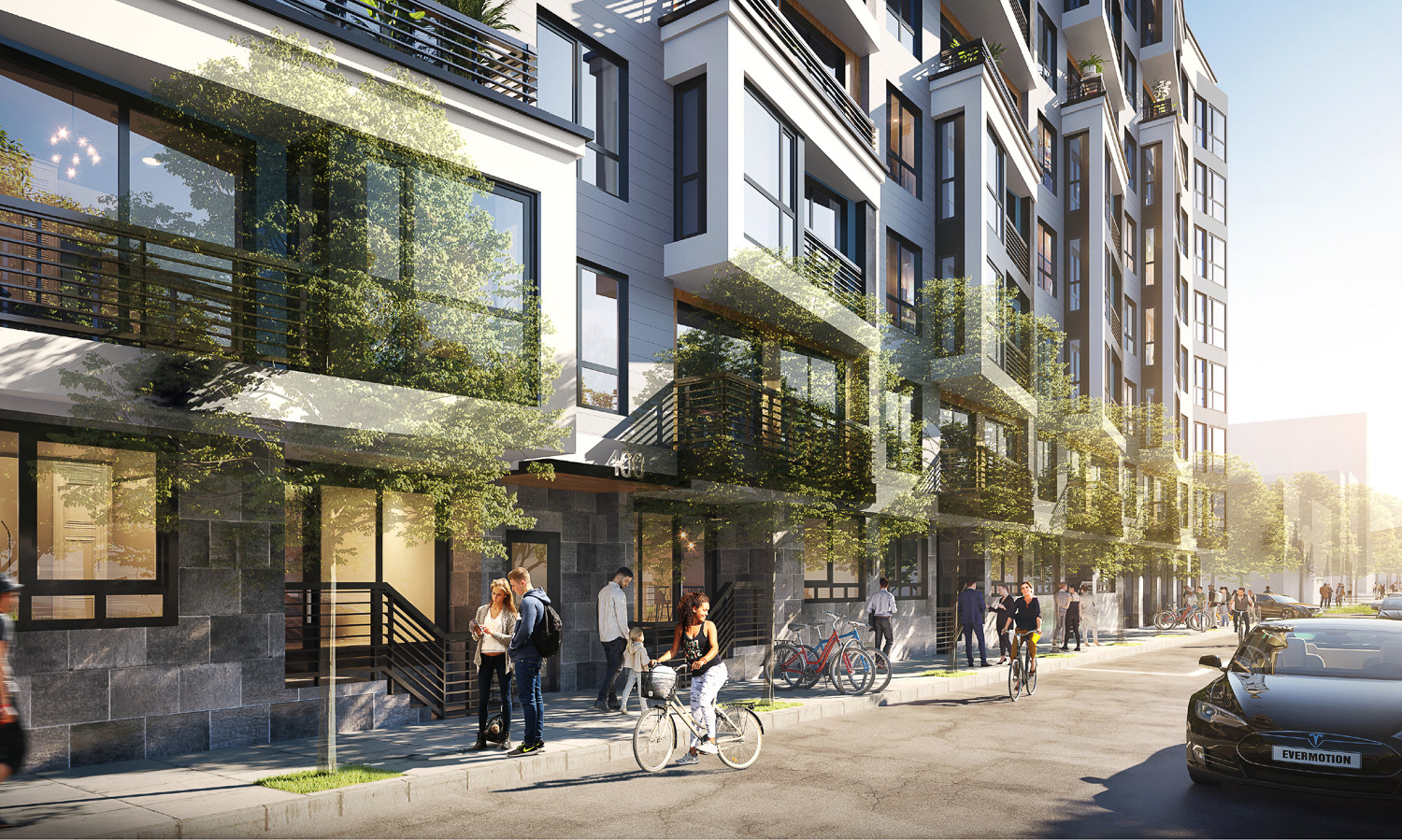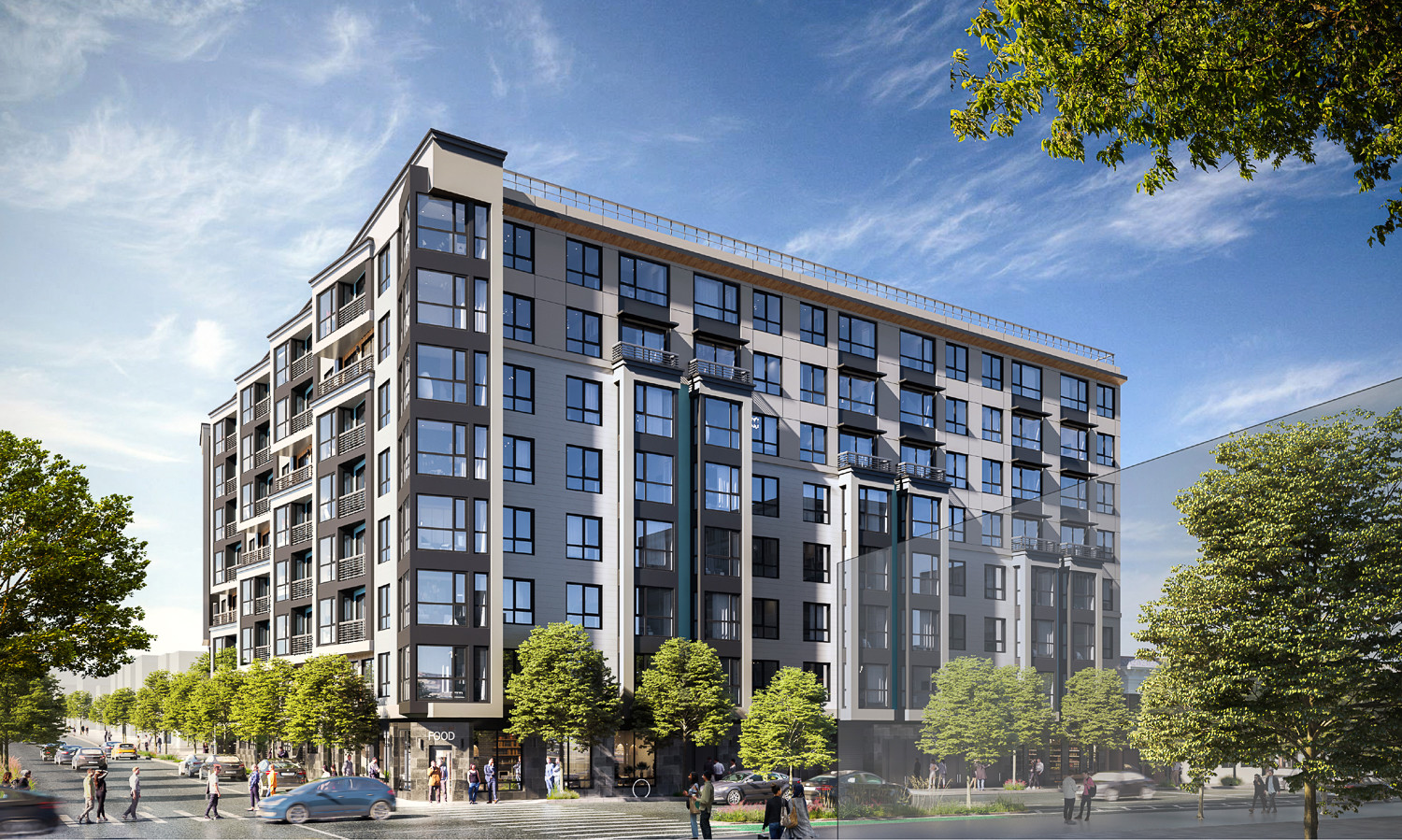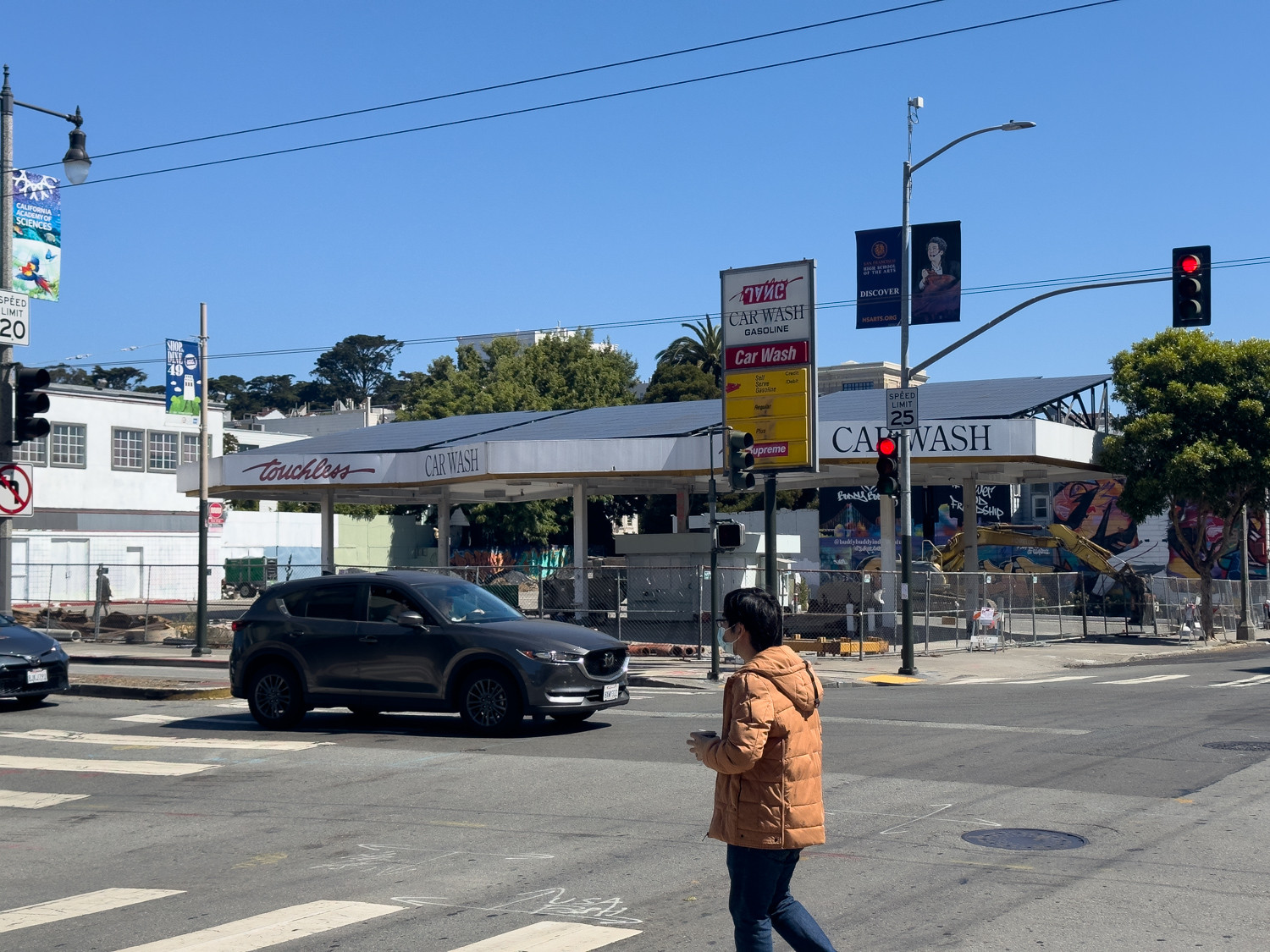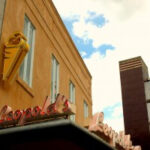Plans for a substantial eight-story apartment complex at 400 Divisadero Street in San Francisco’s vibrant Lower Haight neighborhood have been officially approved. This development, located on Divisadero Street, will bring 203 new housing units to the area, having received ministerial approval under Assembly Bill 2011. 4Terra Investments is spearheading this project as the project sponsor, marking a significant addition to the residential landscape of Divisadero Street and the surrounding community.
The new building, reaching a height of 85 feet, is set to encompass approximately 194,280 square feet. This will include 109,800 square feet dedicated to residential space, 1,850 square feet for retail purposes, and 8,480 square feet allocated to a 24-car garage. A key feature of the development at 400 Divisadero Street is its commitment to affordable housing, with 20 of the 203 units designated as affordable. The unit mix will cater to diverse needs, offering 121 one-bedroom and 82 two-bedroom apartments. In addition to car parking, the complex will also provide space for 144 bicycles, promoting sustainable transportation options for residents of Divisadero Street.
 Sidewalk scene rendering for 400 Divisadero Street apartment complex by BDE Architecture, showcasing pedestrian activity
Sidewalk scene rendering for 400 Divisadero Street apartment complex by BDE Architecture, showcasing pedestrian activity
The developers successfully utilized both AB2011 and the State Density Bonus law to increase the residential capacity beyond the area’s base zoning of 131 units, demonstrating a strategic approach to maximizing housing opportunities on Divisadero Street. In conjunction with these laws, the development team secured two concessions and seven waivers to navigate various zoning regulations. These adjustments addressed specific requirements related to building height, unit exposure, and rear yard space, ensuring the project’s feasibility within the existing urban framework of Divisadero Street.
BDE Architecture is the firm behind the design of this podium-style complex. The architectural plans for 400 Divisadero Street reveal an articulated facade utilizing a combination of stone veneer, stucco, and wood-look siding. The building’s exterior will be further enhanced with bay windows, balconies, and blue accents, adding visual interest and character to the Divisadero Street frontage.
 Architectural rendering of the 400 Divisadero Street apartment building in San Francisco, designed by BDE Architecture
Architectural rendering of the 400 Divisadero Street apartment building in San Francisco, designed by BDE Architecture
To accommodate the irregularly shaped parcel of 0.79 acres on Divisadero Street, the complex will incorporate a five-story annex surrounded by landscaping. The ground floor is designed to be active and community-oriented, featuring a lobby, fitness center, resident lounge, retail spaces, and four street-facing residential units that will engage directly with Divisadero Street. Residents will also benefit from thoughtfully designed outdoor spaces, including a central courtyard situated on top of the podium and a rooftop terrace, offering recreational and relaxation areas within the Divisadero Street development.
The location of 400 Divisadero Street is particularly noteworthy. Situated on Divisadero Street between Oak and Fell Streets, it benefits from proximity to the Wiggle bicycle route, making it cyclist-friendly. Furthermore, future residents will be just a short walk, approximately two blocks, from the Panhandle, a linear park that extends into Golden Gate Park. This prime location on Divisadero Street offers easy access to green spaces and recreational amenities, enhancing the quality of life for future occupants.
 Current construction activity at 400 Divisadero Street site, San Francisco, as photographed by the author
Current construction activity at 400 Divisadero Street site, San Francisco, as photographed by the author
Public records indicate that the property at 400 Divisadero Street was last purchased in 2001 for $3 million. The estimated construction cost for this ambitious project is around $85 million, though this figure excludes certain development expenses. As of now, a definitive timeline for the commencement of construction at 400 Divisadero Street has not been released. This new development promises to be a significant addition to Divisadero Street, bringing much-needed housing and contributing to the ongoing evolution of the Lower Haight neighborhood in San Francisco.

